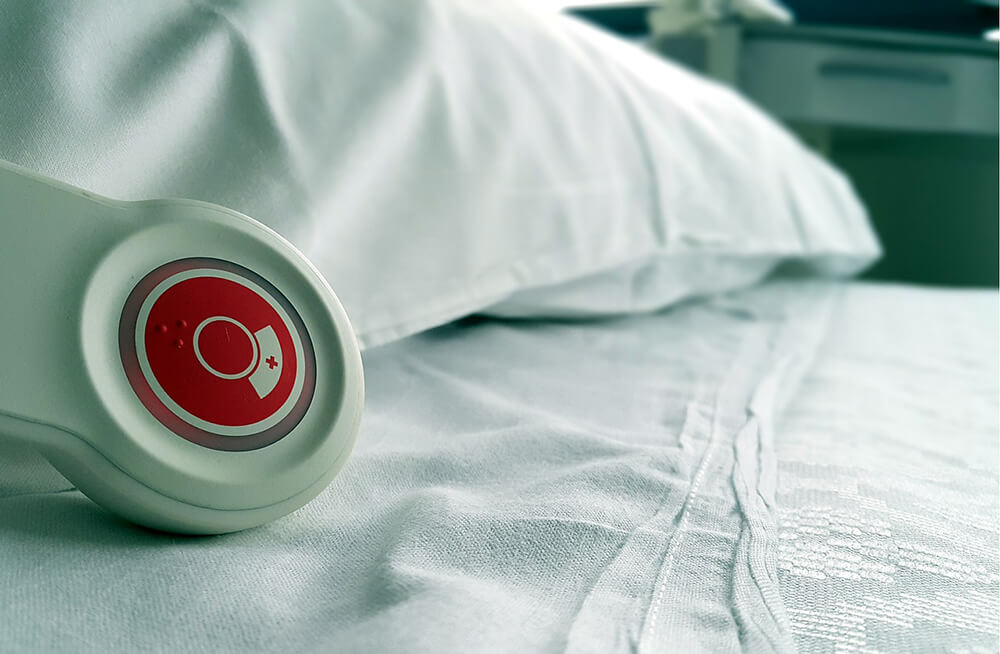
The National Center on Elder Abuse (NCEA) has published studies concluding that approximately one in 10 older adults living in a community environment is a victim of abuse. This shocking statistic shows that elder abuse is a serious threat to individuals who reside in nursing homes. Trusting that your loved one will be well cared for in a nursing home facility should never come with the fear of mistreatment or neglect. When abuse or neglect does occur, action should be taken to quickly put an end to a grievous situation of maltreatment.
Knowledge is one way you can equip yourself to be an advocate for vulnerable adults residing in nursing homes. By educating yourself on signs and symptoms of potential neglect or mistreatment, you can help prevent or stop a serious problem. One major sign of neglect in nursing homes is bedsores. Bedsores indicate that an individual has been left immobile for long periods of time, and suggests that they are not receiving proper care and attention. If you find that a nursing home resident you know has developed bedsores, get in touch immediately with a trusted nursing home abuse lawyer who can help protect the rights of your loved one.
Ways to Detect Bedsores
Bedsores, also called pressure ulcers, are injuries resulting from persistent pressure on the skin. They most frequently develop on areas of the body nearest to bone, such as hips and ankles, and are most commonly found in people with limited mobility. The Mayo Clinic recommends that the following areas of the body be checked for bedsores:
- Hips, lower back, and tailbone
- Backs of arms and legs
- Back of the head
- Heels and ankles
- Behind the knees
- Rims of the ears
- Shoulder blades and spine
Bedsores can range in severity, and will inevitably worsen over time once they appear. While a bedsore may initially be found as a small, red patch on the skin, it can progress into a potentially fatal infection of the muscle or tissue underlying the skin. Johns Hopkins Medicine lists four stages of severity, from least to most severe. Stage 1 begins with initial discomfort on the surface of the skin, in Stage 2 the sore develops into an open wound, Stage 3 manifests as below-the-skin damage, and Stage 4 shows a large wound highly susceptible to infection.
Bedsores can easily be prevented by carefully examining the skin for early symptoms. This should be done every day for people who are prone to bedsores. The following are common symptoms of bedsores:
- Skin discoloration or changes in texture
- Cracked or scaly skin
- Redness or itchiness
- Swelling
- Pus (may show in yellow staining on sheets or clothes)
- Warmer temperatures than other areas of skin
- Tenderness or pain
- Burning sensation
- Crater-like appearance
- Dead skin sloughing from the wound (severe stages)
An infected bedsore can take weeks, months, or years to heal. Vigilance and attention will help prevent bedsores, and acting quickly can help to counteract the progression of a bedsore that has already begun to form.
Potential Health Issues Resulting from Bedsores
If left untreated, bedsores can lead to serious and potentially fatal health complications. Risks associated with bedsores can include:
- Nerve damage
- Osteomyelitis (bone infection)
- Cellulitis (skin and tissue infection)
- Septic arthritis (joint infection)
- Mental confusion, irregular heartbeat, or physical weakness from infection
- Sepsis
- Cancer (in extreme cases left untreated)
Preventing Bedsores
Individuals who are bedridden, in a coma, insensitive to pain, unable to communicate, or have limited mobility are more vulnerable to bedsores. When a bed-bound or wheelchair-bound person is not properly turned and positioned on a regular basis, they are at greater risk of developing bedsores. Additionally, those who suffer from malnutrition, diabetes, or circulation problems have a further increased risk. The following tips can help avoid the occurrence of bedsores and the detrimental health effects which can follow:
- Daily exercise at a level appropriate to a person’s physical health.
- Changing positions at least every 15 minutes when sitting or lying down.
- Performing regular skin inspections and looking for warning signs.
- Keeping skin clean, dry, and moisturized.
- Using pressure-relieving cushions and mattresses.
- Following a balanced and complete diet plan to avoid malnutrition.
If your loved one has developed bedsores in a nursing home, it may mean that the facility is not adequately providing these necessary measures to maintaining good health.
Benefit from Legal Guidance Offered by Golden Law Office
Even a nursing home which seems safe can employ staff members who do not practice the highest standards of care when interacting with residents. If your loved one was the victim of negligence, it is your right to take legal action on their behalf. Through your diligence, you can help keep vulnerable adults residing in the nursing home safe from harm.
Our lawyers work closely with victims and their families to obtain compensation for losses and hold negligent parties accountable. We have vast experience in nursing home abuse law and are well prepared to help you attain justice for abuse victims. To learn more about how you can support and protect your loved one, schedule a free consultation with us today.






